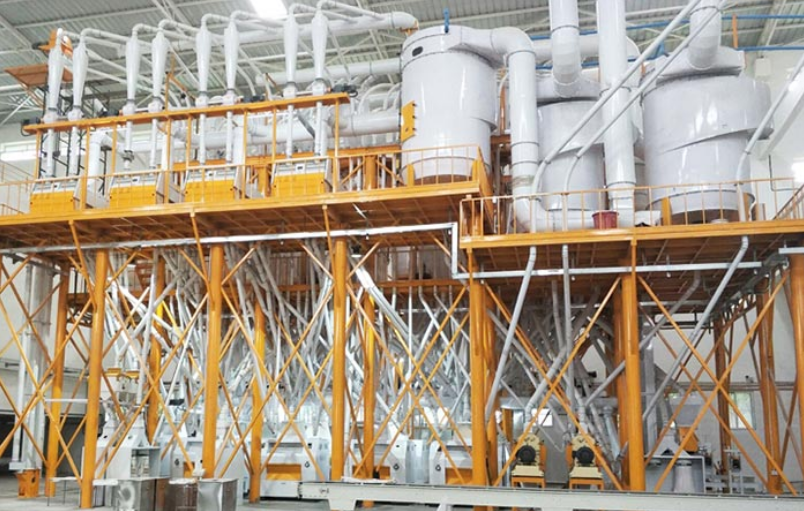Setting up a wheat flour milling plant can be a profitable venture, provided it's done right. This article will guide you through the process of establishing a cost-effective wheat flour milling plant, from initial planning to operational setup. We will cover important aspects such as site selection, machinery procurement, and cost management.
Selecting a location close to wheat suppliers is essential for minimizing transportation costs and ensuring a steady supply of raw materials. Being near agricultural hubs where wheat is grown abundantly can significantly reduce your logistics expenses.
Your milling plant should be strategically located near your target market. This reduces distribution costs and ensures that your product reaches the consumers quickly. Urban areas with a high demand for flour products are ideal.
Ensure that your chosen location has access to essential utilities such as water, electricity, and roads. Reliable power supply is crucial for uninterrupted milling operations. Additionally, good road networks facilitate the efficient transportation of both raw materials and finished products.
Investing in the right machinery is critical for the efficiency and productivity of your milling plant. The essential equipment includes:
- Cleaning Machines: To remove impurities from wheat before milling.
- Milling Machines: For grinding wheat into flour.
- Sieving Machines: To separate different grades of flour.
- Packaging Machines: For packing the finished product into bags for sale.
Opt for reputable suppliers who offer durable and efficient machines at competitive prices. While brand-new machinery ensures longevity, consider sourcing some equipment second-hand to reduce initial capital expenditure without compromising on quality.
Integrating modern technology in your milling operations can enhance productivity and reduce costs. Automation and computerized control systems can help monitor production processes, reduce human error, and maintain consistent quality.

Design your plant layout to streamline the workflow from the arrival of raw materials to the dispatch of finished products. A well-organized layout minimizes movement, reduces handling time, and increases efficiency.
Ensure that your plant design complies with safety and hygiene regulations. This includes proper ventilation, dust control measures, and designated areas for different stages of the milling process to prevent cross-contamination.
Hiring skilled and experienced personnel is crucial for the smooth operation of your milling plant. This includes millers, technicians, and quality control staff who are knowledgeable about the milling process and machinery.
Invest in regular training programs to keep your staff updated on the latest milling techniques and safety practices. Well-trained employees contribute to higher productivity and reduced downtime due to machinery mishandling.
Implement stringent quality control measures to inspect raw wheat upon arrival. Ensuring that only high-quality wheat enters the milling process is the first step towards producing superior flour.
Continuous monitoring during the milling process helps maintain consistent quality. Regularly check for parameters such as moisture content, particle size distribution, and contamination levels.
Before packaging, conduct thorough testing of the final product to ensure it meets industry standards and customer expectations. This includes checking for proper texture, color, and nutritional content.
Develop a detailed budget plan covering all aspects of setting up and running the plant. This should include costs for land, construction, machinery, utilities, labor, and raw materials. A well-planned budget helps avoid unexpected expenses.
Implement practices to maximize resource utilization. This includes optimizing energy usage, reducing waste, and recycling by-products where possible. Efficient resource management reduces operational costs and enhances profitability.
Building strong relationships with your suppliers can lead to better pricing and reliable supply chains. Negotiate long-term contracts to secure favorable terms and stable wheat prices, which can help manage costs effectively.
Setting up a cost-effective wheat flour milling plant requires careful planning and execution. From selecting the right location and procuring the best machinery to implementing stringent quality control measures, every step plays a vital role in the success of your business. For more detailed guidance and assistance, don't hesitate to contact us. We can connect you with reputable suppliers and provide expert advice to help you set up a thriving milling plant.
By following these guidelines, you can establish a milling plant that not only meets market demands but also operates efficiently and profitably.

Copyright © Hebei Pingle Grain Technology Intelligent Equipment Co.ltd. All Rights Reserved | Sitemap | Technical Support: 